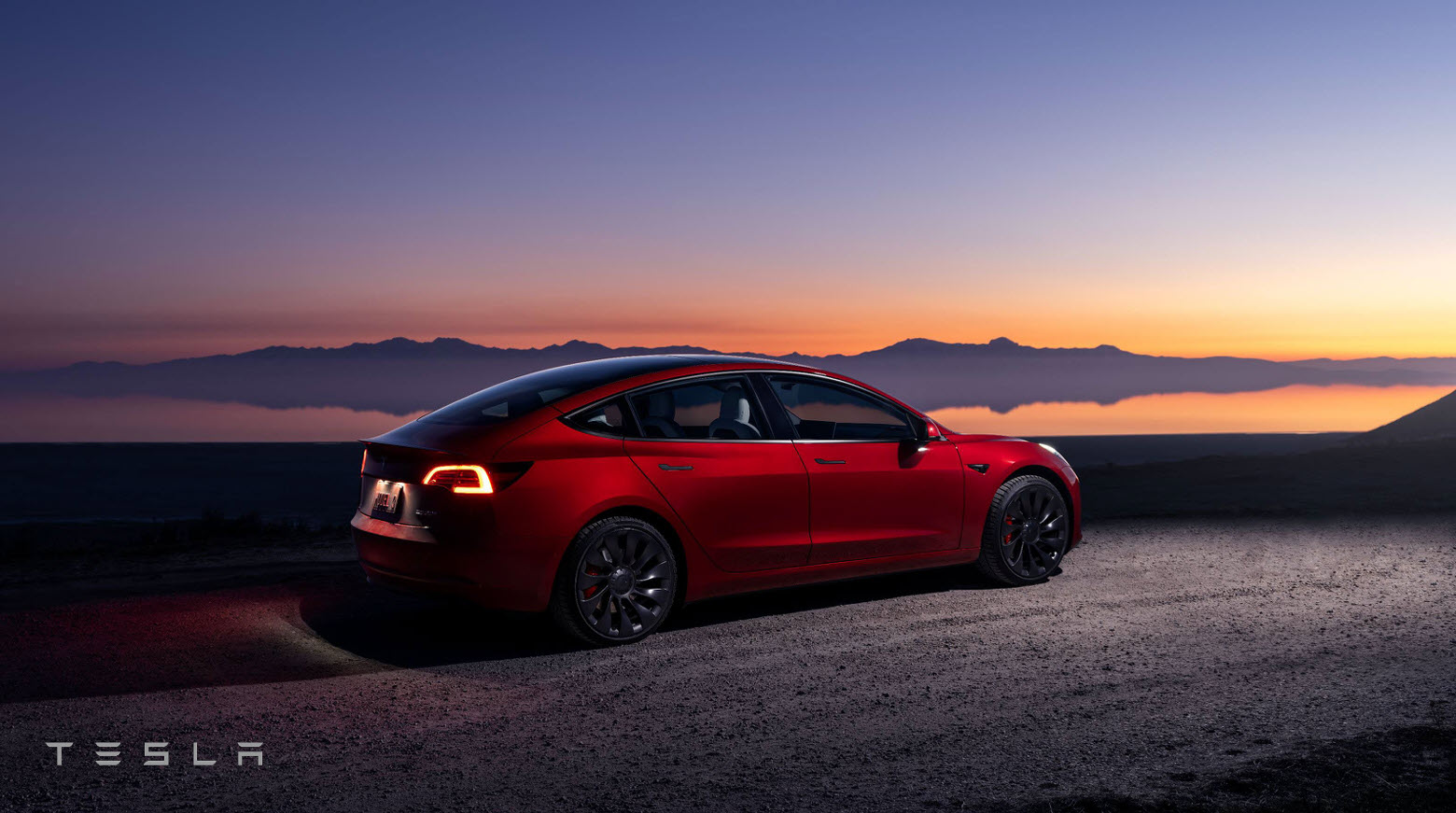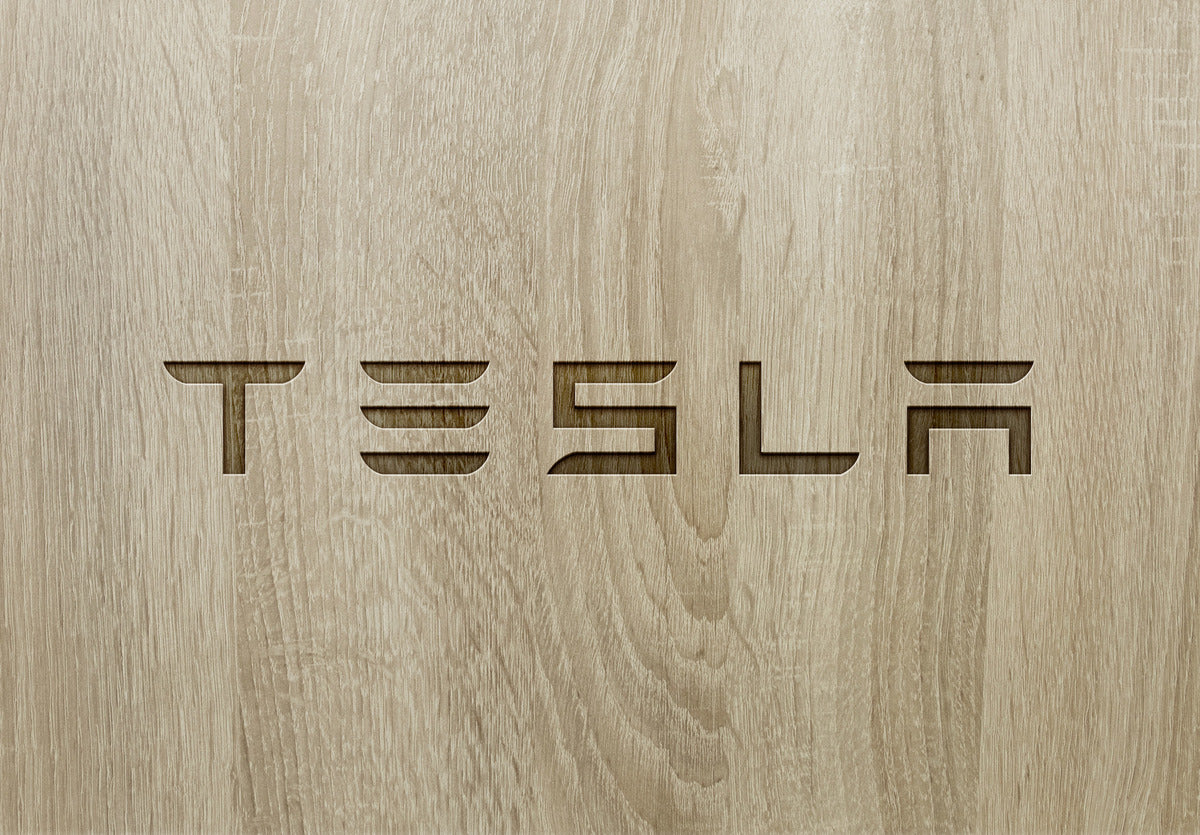The reason this trend is about to be disrupted is that until very recently in the grand scheme of things, our technological capabilities have been insufficient in AI, actuators, cameras and batteries to make a truly useful human simulacrum. Tesla asserts that they have the necessary capabilities in all these areas to make the first successful humanoid robot design. Hopefully we will find out tomorrow how true this is.
The reason to make the bot in humanoid form is the generic capabilities and backward compatibility mainly. Instead of being able to do a single task optimally, like a combine harvester, a humanoid bot could perform a wide variety of tasks suboptimally. If there's a lot of wheat to be harvested in a field, then use the combine instead of a bunch of bots with scythes. If there's a few tomatoes to harvest from the garden, spaghetti sauce to prepare, noodles to boil, counters to wipe, floors to sweep, and dirty dishes to load into the dishwasher, then having specialized machines for each of these would be extremely inefficient compared to having one robot that can do all of these tasks, albeit in a less-than-ideal fashion. A humanoid form with advanced AI can, in principle, be a one-for-one substitution for a wide variety of tasks.
Advantages of AGI in humanoid form:
- Geometrically fits in all spaces designed for a human to fit
- Can move around on pathways and stairs humans can navigate due to similar shape and bipedal leg-based design
- Hands with fingers and thumbs allow for incredibly diverse possible object manipulation action space, allowing bot to potentially perform thousands of different little tasks in a day that each require different movements just as a human can
- Hands and average human-level strength allow use of existing hand tools like drills, wrenches and nailguns, as well as a gigantic variety of other objects designed to be manipulated by hands, such as doorknobs, cooking utensils, handles, pill bottles, buttons, control knobs, shoelaces, and so on
- Torso core design allows for cavity to place batteries, inference computer and other innards, and centralizes mass to minimize rotational inertia while also minimizing the amount of mass moving back and forth during walking
- Two legs is the minimum number of limbs physically required to balance and walk smoothly on a variety of surfaces; three or more legs would be redundant hardware as long as the control software is good enough to dynamically keep the robot balanced
- Two arms is the minimum number of free limbs physically required to establish a stable grip on large objects and to counteract the torque produced by the legs while walking in order to maintain balance; three or more arms would be redundant most of the time
- Anthropomorphic form is more friendly and familiar so people will like and trust the AI more, but not so close to the Uncanny Valley that it spooks people, and this helps with integration of bots into human society
View attachment 858398
(
Source)
One first principle reason why an anthropomorphic form is probably the optimal architecture for a general-purpose robot is that the biological evolutionary process resulted in many different species with intelligence, but resulted in only a single genus,
Homo, with advanced general intelligence and abstract logical reasoning abilities. It's also suspicious that all of.the rest of our simian cousins (chimps, bonobos, gorillas, orangutans, etc.) are unusually smart compared to the rest of the Animal Kingdom. Why did all these semi-bipedal apes with opposable thumbs get so smart instead of birds, or snakes, fish, tigers, sharks, wolves, dinosaurs, or any of the other species in the mind-boggling biodiversity produced by this planet over the eons? The general trend since life began has been gradually increasing complexity and intelligence adaptations, so why did the development of intelligence go so much faster and further with our species and our ape cousins? And why does the anthropological record show that once early
Homo ancestors developed a bit of unusual intelligence, there was seemingly a runaway snowball effect where past that tipping point intelligence rapidly developed en route to the advent of
Homo sapiens?
In biology most of the time, form follows function such that a species' anatomy indicates a lot about the species' behavior. Even if you had never seen a bird before, you might be able to deduce from looking at its body that the creature is one that flies. The peculiarity of our intelligence amongst all the living things on Earth suggests that intelligence may be maximally useful in the human physical form. Maybe this was purely random coincidence, but that seems unlikely because intelligence costs extra in energy and nutrient demands of the brain, so it has to present a reproduction advantage greater than these costs. In the case of our ancestors, it was worth it. The intelligence enabled us to team up in sophisticated ways, develop tools, trick animals, build better shelters, make clothes to stay warm without our own fur, fend off even the most fearsome of predators, and take down huge animals like the wooly mammoth. Many of these uses of general intelligence required hands and upright posture.
Designs inspired by biology often aren't optimal because the evolutionary algorithm can get stuck in local maxima. This is why no animals have wheels, despite the clear advantages for speed and energy efficiency. A frail, obese, 65-year-old human driving a Model S Plaid can leave any cheetah in the dust in a race. However, in many cases the design yielded by biology is pretty close to optimal and I think it's clear why the smartest species on the planet is shaped as we are. Our form is basically the bare minimum fewest-parts design for generic object manipulation and mobility. For instance, nothing has demonstrated better general grip capabilities than human hands. In rare cases some humans have less or more than five digits per hand, yet this never caught on as the genetically most common type of hand, suggesting that four fingers and a thumb is optimal. Might as well make a robot with hands that are at least attempting to mimic this.








